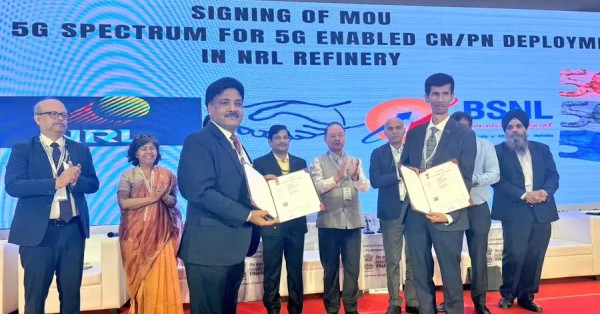- Tech News & Insight
- October 3, 2025
- Hema Kadia
Aviation is no longer a siloed industry - it’s a globally connected ecosystem where airports, airlines, regulators, telecom operators, and tech vendors must work in sync. As digital transformation accelerates, connectivity becomes a critical layer for collaboration, enabling real-time decision-making, safety, operational alignment, and a seamless passenger experience. From private




































